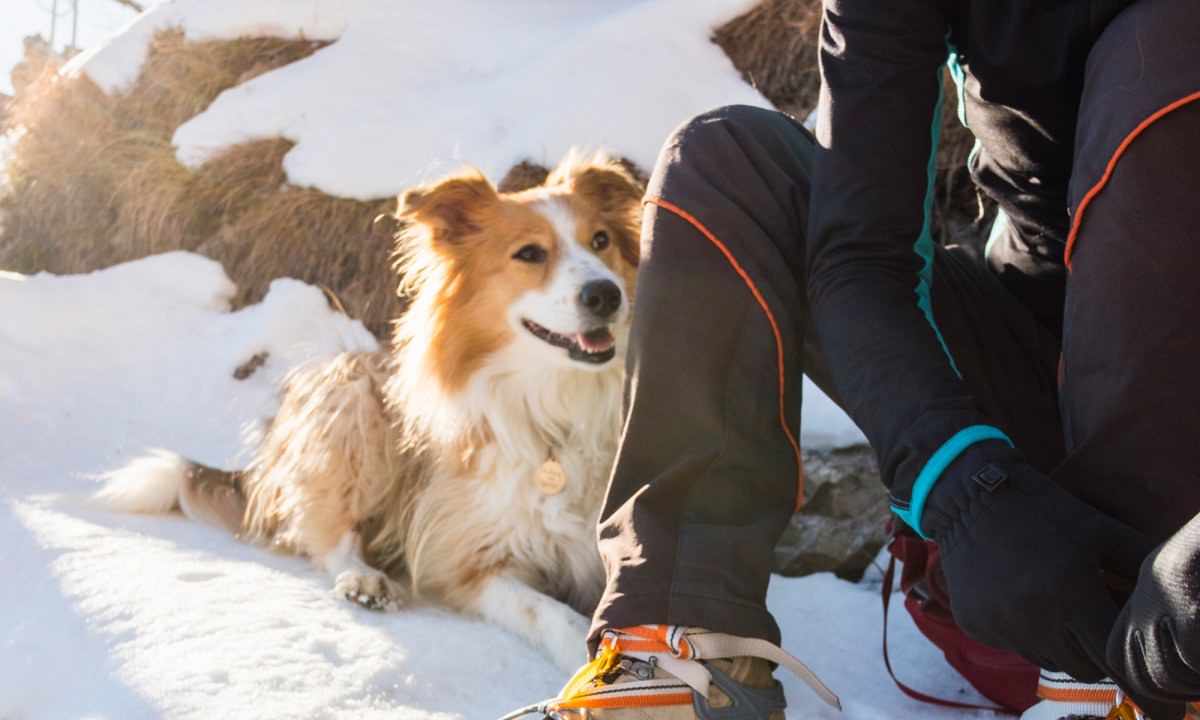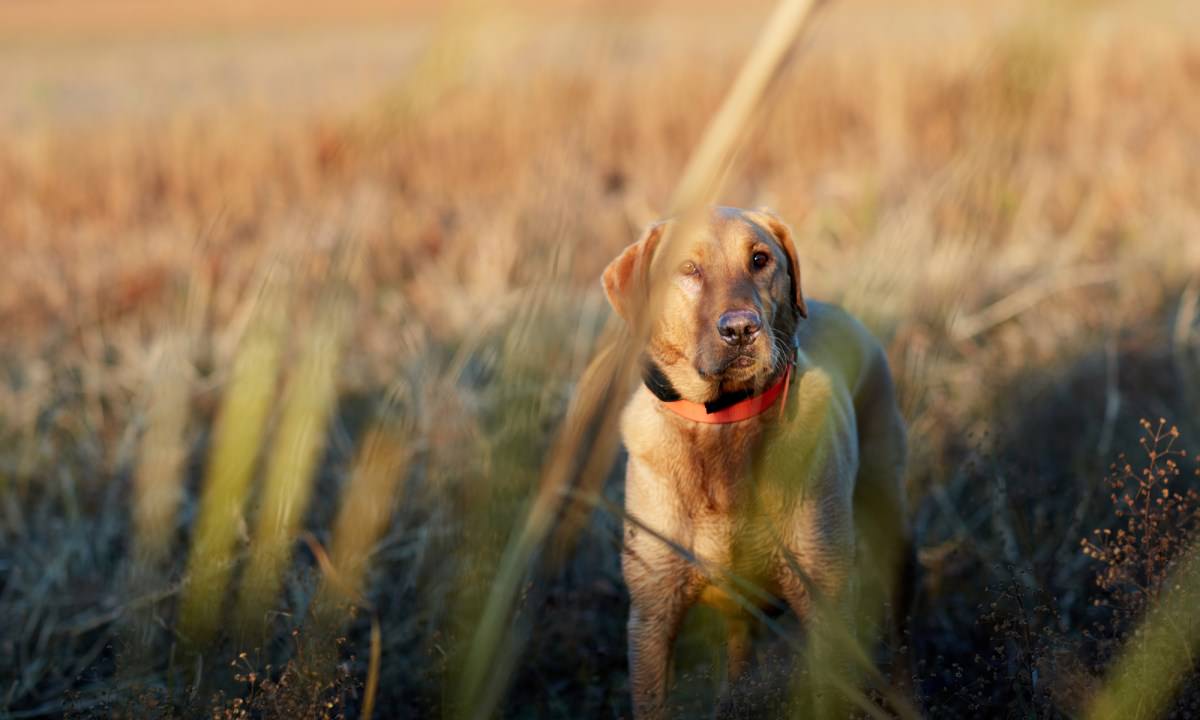Humans aren’t the only creatures affected by disasters—your furry friends need to be safe in the event of a catastrophe too. Every emergency preparedness plan involves first aid tips for people, but many don’t realize there needs to be a separate plan for our pets. Here are just a few emergency first aid tips to help keep your animals safe in turbulent times.
The Pet Emergency Kit
First aid kits are essential to surviving a calamity. For pets there are different considerations to keep in mind when putting one together—you likely won’t be applying a splint to your cat, but you might need to dress a wound. Here are just a few essentials to have on hand:
- Sterile Gauze pads/rolls
- Adhesive tape or vet wrap
- Cotton swabs
- Syringe/eyedropper
- Thermometer
- Towel
- Disposable gloves
- Muzzle
- Paperwork (vaccine history and other health records)
Rather than stuffing sharp objects into your pet’s first aid kit, consider keeping a multi-tool on hand instead. This way you can have scissors and tweezers, both essential to an emergency, without leaving pointy objects out in the open for your potentially terrified pet to flop on when not in use.

Learn CPR
You probably never imagined yourself sucking face with your dog, but we do a lot of seemingly strange things for our pets. Luckily, when it comes to animals, you don’t have to go mouth-to-mouth to perform CPR. You do, however, need to go mouth-to-nose. If your pet stops breathing, cardiopulmonary resuscitation might be unavoidable, so know what you’re doing if you’re going to attempt it. PetMD provides great resources for learning how to perform the procedure.
Treating Wounds
If your dog or cat sustains an open wound during a fight or after an accident, try and stop the bleeding. Apply sterile gauze to the site and hold firmly. In some cases it might be necessary to muzzle and restrain your pet. Keep firm pressure on the wound by using your hand or wrapping it tightly with a roll of gauze until you can reach a veterinarian. Do not try to close the wound yourself.
Surviving Seizures
Seizures are a relatively common occurrence and can be caused by a variety of things, including, but not limited to: head trauma, high or low blood sugar, poison, kidney and liver diseases. They often come on without warning, though some symptoms include disorientation and excessive drooling. When a seizure occurs make sure your pet is away from anything he might bump into that could cause injury, time the seizure and avoid touching him when possible. Once it ends contact your vet.

Dealing with Burns
Stovetops, fireplaces and wildfires all pose a potential threat to your pets. Just like with humans, a burn can be fatal if not treated properly. Handling a burn depends on the severity and location, but you should always rely on your veterinarian for treatment. You can do a little to help your pet make it to the hospital comfortably. If your furball experiences a chemical burn, reach for the muzzle, then flush it out with water and locate the nearest vet. If it’s a traditional, severe burn you’ll want to apply an icy compress to the site as quickly as possible.
Choking
Pets, dogs in particular, are infamous for swallowing anything that looks the tiniest bit tasty. If you see your pet choking it can be difficult to give them first aid—animals don’t sit patiently and wait for your help. If possible, restrain your pet and open their mouth wide enough to look in. If you can see the object lodged in their throat, gently use fingers or tweezers to try and pull it out. You might need to try a move similar to the Heimlich maneuver. Place your hands on both sides of your pet’s rib cage and apply firm, quick pressure 3-4 times. If this doesn’t work after a couple of attempts rush to the vet’s office.
Handling Heatstroke
During summer months heat becomes one of the biggest threats to your pet’s health—this is especially true for dogs left outside most of the day. For starters, be sure to provide your pet with plenty of accessible shade and water to prevent heatstroke. If it does occur, move them immediately out of the sun and place a cool, damp towel over much of their body. Wring out the towel and rewrap it around them every few minutes while you transport them to the hospital.
Have information on hand
It can be difficult to keep your wits about you when an emergency occurs. You don’t have to have a photographic memory in this day and age with all of the technology available. The Red Cross provides some fantastic resources, including a Pet First Aid app, which can provide you with tips in an emergency.